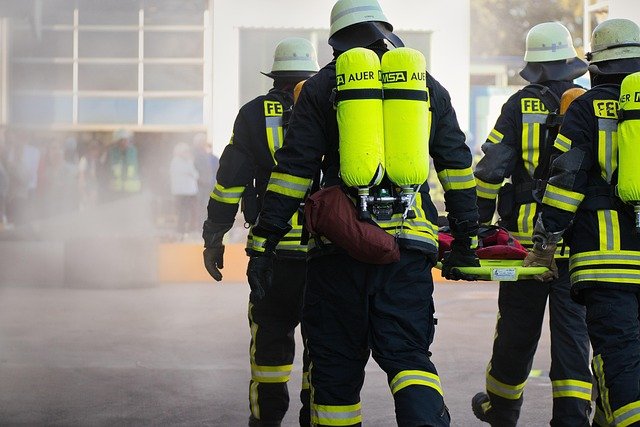Safety Training for Firefighter and Emergency Rescue Teams
Effective safety training builds the foundation for organized, repeatable responses when lives and property are at stake. For firefighter and emergency rescue personnel, training combines physical skills, procedural knowledge, situational awareness, and team coordination. Well-structured programs reduce on-scene risk, shorten response times, and help crews adapt when unexpected hazards arise.

Firefighter training: core skills and drills
Firefighter training focuses on core competencies such as search and rescue, hose handling, ladder operations, ventilation techniques, and pump operation. Repeated, scenario-based drills reinforce muscle memory and decision-making under stress, helping personnel perform reliably during chaotic incidents. Practical exercises commonly include live fire training in controlled environments, confined-space simulations, and casualty extrication scenarios to mirror realistic physical demands and environmental hazards.
Regular assessment and after-action reviews are essential. Trainers use performance metrics—finishing tasks, safety rule compliance, and teamwork—to identify gaps and tailor follow-up drills. Integrating fitness and ergonomics into training reduces injury risk and ensures that crews maintain the endurance needed for prolonged operations.
Safety protocols for on-scene operations
On-scene safety centers on clear roles, hazard identification, and consistent use of personal protective equipment (PPE). Protocols typically define incident command structure, entry and exit points, accountability systems, and decontamination procedures. A strong safety culture encourages personnel to speak up about hazards and pause operations when safety is compromised.
Standard operating procedures (SOPs) should be reviewed and practiced frequently so they become second nature. Checklists, briefings before entry, and buddy checks for gear and air supplies are examples of procedural steps that reduce mistakes. Training also emphasizes situational awareness—recognizing changing fire behavior, structural instability, or hazardous materials—and adapting plans to maintain crew safety.
Emergency response: decision-making and communication
Effective emergency response blends rapid assessment, prioritized actions, and clear communication. Training programs teach structured decision-making models—such as size-up, hazard-control, and resource allocation—to help crews make consistent choices under pressure. Communication skills include concise radio protocols, standardized terminology, and confirmation techniques to avoid misunderstandings.
Interagency exercises improve interoperability with EMS, police, utility companies, and other stakeholders. These drills expose responders to multi-disciplinary coordination challenges, testing how fire-ground command integrates medical triage, traffic control, and public safety considerations during complex emergencies. Simulation-based training that includes stress inoculation helps individuals maintain judgment and clarity in high-adrenaline conditions.
Rescue techniques and equipment familiarity
Rescue training covers technical rope work, vehicle extrication, swiftwater operations, and structural collapse response, depending on community risk profiles. Familiarity with rescue equipment—cutting tools, hydraulic spreaders, rope systems, and patient packaging devices—is critical; operators must be able to deploy gear quickly and troubleshoot malfunctions. Regular equipment drills ensure crews know weight limits, inspection procedures, and maintenance requirements.
Training should include scenario variations to practice adaptability: working in low visibility, at heights, around hazardous materials, or in confined spaces. Medical stabilization skills for rescue victims are also important, since initial care often occurs before EMS arrives. Cross-training personnel in both rescue and basic medical tasks increases operational flexibility during simultaneous incidents.
Ongoing training and local services integration
Safety training is an ongoing process, not a one-time event. Departments benefit from scheduled refresher courses, certifications, and evaluations that reflect evolving hazards, building practices, and technologies. Integrating training with local services—emergency medical providers, public works, and community organizations—creates a more cohesive response network and clarifies resource responsibilities during incidents.
Maintaining training records, rotating crew assignments through different specialties, and encouraging professional development support long-term capability. Technology such as virtual reality simulators and incident management software can supplement live drills, offering safe environments to practice rare but high-risk scenarios. Emphasizing continuous improvement ensures training remains aligned with community needs and regulatory expectations.
Conclusion
Comprehensive safety training for firefighter and emergency rescue teams combines practical skills, procedural discipline, communication, and interagency coordination. Structured, repeated practice and periodic evaluation strengthen individual competence and team reliability, while equipment familiarity and local services integration expand operational resilience. Investing in consistent, realistic training helps reduce risk and improves outcomes during emergency incidents.






